Explore 11 practical examples of potential energy in everyday life, providing an easy-to-understand overview of this key physics concept.
Examples of Potential Energy in a Home

In our homes, there are various objects that possess potential energy. Potential energy is the stored energy an object has due to its position or condition. Let’s explore some examples of potential energy in a household setting.
Battery
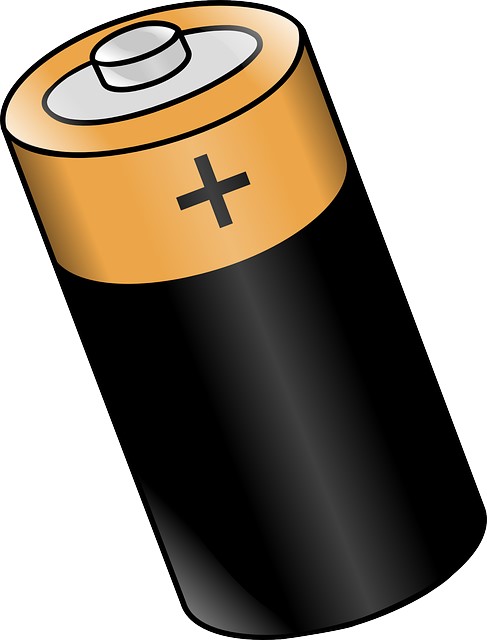
Batteries are commonly used in many household appliances and devices. They store chemical potential energy, which is converted into electrical energy when the battery is used. This stored energy allows us to power our smartphones, laptops, remote controls, and many other electronic gadgets we rely on daily.
Rubber Band

A simple rubber band may seem insignificant, but it actually possesses elastic potential energy. When a rubber band is stretched, it stores potential energy that can be released when it is let go. This property makes rubber bands useful for securing items together or launching small objects, like paper airplanes or rubber band balls.
Book on a Shelf

Have you ever wondered why a book doesn’t fall off a shelf? It’s because the book has gravitational potential energy. When a book is placed on a shelf, it is raised above the ground, and gravity acts on it, giving it the potential to fall. However, as long as the book remains on the shelf, it retains its potential energy.
Food

Food is not only a source of nutrition but also a source of chemical potential energy. The energy stored in food is released when we consume it, providing our bodies with the fuel needed for various activities. This energy is converted into kinetic energy, allowing us to move, think, and perform daily tasks.
Pendulum
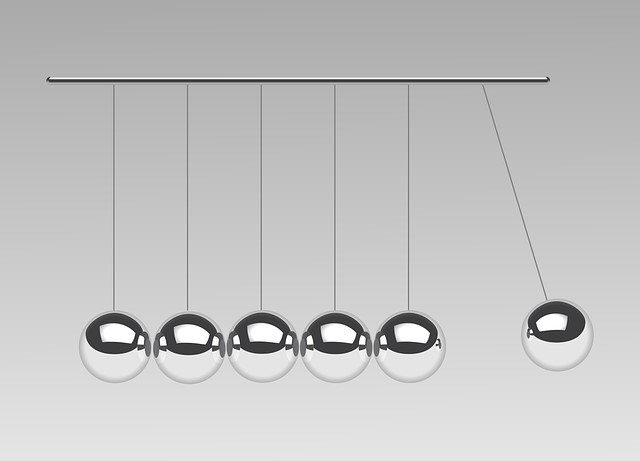
A pendulum is a classic example of an object that exhibits potential energy. When a pendulum is at its highest point, it possesses gravitational potential energy. As it swings back and forth, the potential energy is converted into kinetic energy, creating a continuous cycle of energy transformation.
Air-filled Balloon

An air-filled balloon is another object that stores potential energy. The air inside the balloon is under pressure, creating elastic potential energy. When the balloon is released, the potential energy is converted into kinetic energy as the air rushes out, propelling the balloon forward.
Stretched Bow
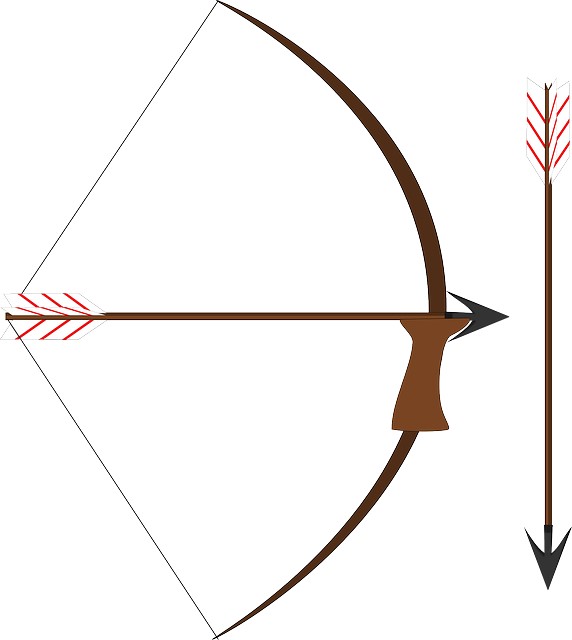
If you’ve ever seen someone shoot an arrow, you’ve witnessed the potential energy stored in a stretched bow. When a bowstring is pulled back, it stores elastic potential energy. When the archer releases the string, the potential energy is transformed into kinetic energy, propelling the arrow forward.
Spring

Springs are commonly found in various household objects, such as mattresses, door hinges, and toys. Springs store elastic potential energy when they are compressed or stretched. This potential energy can be released when the spring returns to its original shape, allowing it to perform various functions, like providing support or creating movement.
By understanding these examples of potential energy in our homes, we can appreciate the various ways in which energy is stored and transformed. Whether it’s the chemical potential energy in batteries or the elastic potential energy in rubber bands, potential energy plays a crucial role in our everyday lives.
Electric Socket
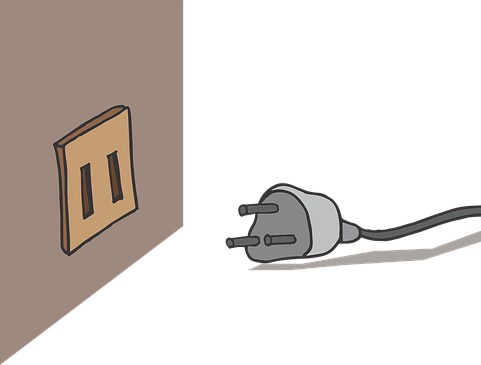
The electric socket is a common household item that provides a convenient way to access electrical power. It is a prime example of how potential energy is utilized in our homes. Let’s explore the fascinating world of potential energy and how it relates to electric sockets.
J. Capacitors
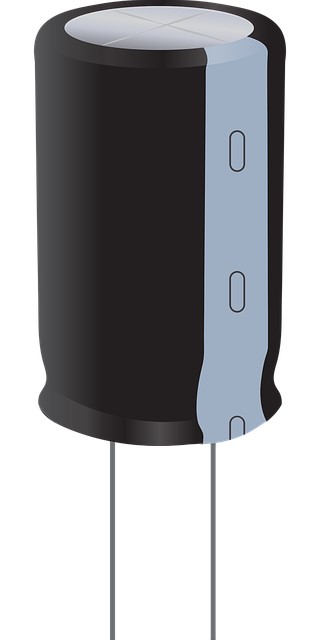
One interesting aspect of electric sockets is the presence of capacitors. Capacitors are electronic components that store electrical potential energy. They consist of two conductive plates separated by an insulating material, known as a dielectric. When a voltage is applied across the plates, the capacitor charges up, storing electrical energy.
Capacitors play a crucial role in various electronic devices found in our homes. They are commonly used in power supplies, audio systems, and even in household appliances like refrigerators and air conditioners. These devices require a stable and continuous supply of electricity, and capacitors help achieve that by storing and releasing electrical potential energy as needed.
The stored energy in capacitors can be released in a controlled manner, providing a burst of power when required. This is particularly useful in devices that need a sudden surge of energy, such as when starting a motor or powering up electronic circuits. Capacitors act as temporary energy reservoirs, ensuring a smooth and efficient operation of various electrical devices.
Frequently Asked Questions
What is potential energy?
Potential energy is the stored energy an object possesses due to its position or condition. It can be transformed into other forms of energy, such as kinetic energy, when the object’s position or condition changes.
What are examples of potential energy in a home?
In a household, there are several examples of potential energy. Some common examples include:
- Gravitational potential energy: Objects placed at a height, such as a book on a shelf or a chandelier hanging from the ceiling, possess gravitational potential energy.
- Elastic potential energy: Stretched rubber bands or compressed springs in appliances like toys or door stoppers store elastic potential energy.
- Chemical potential energy: Batteries, fuel, and food items in the pantry contain chemical potential energy.
- Electrical potential energy: Charged batteries, capacitors, or any electrical devices store electrical potential energy.
How does potential energy relate to physics?
Potential energy is a fundamental concept in physics. It is a key component of the law of conservation of energy, which states that energy cannot be created or destroyed but can only be transformed from one form to another. Potential energy is often used to analyze and understand the behavior of objects and systems in various physical phenomena.
Can potential energy be found in household objects?
Yes, potential energy can be found in household objects. Many items in a home possess potential energy due to their position, condition, or composition. Examples include objects at a height, stretched or compressed materials, chemical substances, and electrical devices.
How is potential energy transformed into other forms of energy?
Potential energy can be transformed into other forms of energy through various processes. For example:
- Gravitational potential energy can be converted into kinetic energy when an object falls.
- Elastic potential energy can be transformed into kinetic energy when a stretched material is released.
- Chemical potential energy can be converted into thermal energy through combustion or into electrical energy through chemical reactions in batteries.
- Electrical potential energy can be transformed into various forms such as light, sound, or mechanical energy in electrical devices.
What is energy conservation?
Energy conservation is the principle that states that the total amount of energy in a closed system remains constant over time. According to this principle, energy can neither be created nor destroyed, but it can be converted from one form to another. Energy conservation is a fundamental concept in physics and is applied in various fields, including household energy management.
What are some energy sources in a home?
In a home, common energy sources include:
- Electricity from the power grid or renewable sources like solar panels or wind turbines.
- Natural gas or propane for heating, cooking, or powering appliances.
- Biomass, such as wood or biofuels, for heating or cooking.
- Petroleum-based fuels like gasoline or diesel for vehicles or generators.
How can potential energy be harnessed in a household?
Potential energy can be harnessed in a household through various means. For example:
- Installing solar panels to convert sunlight into electrical potential energy.
- Using energy-efficient appliances that minimize energy loss and maximize potential energy utilization.
- Employing energy storage systems, such as batteries, to store excess electrical potential energy for later use.
- Utilizing gravity-based systems, like water tanks or elevated storage, to harness gravitational potential energy.
How does potential energy contribute to everyday life in a home?
Potential energy plays a significant role in everyday life within a home. It enables various functions and activities, such as:
- Providing lighting and electrical power through the conversion of electrical potential energy.
- Enabling the operation of appliances and devices that utilize stored potential energy, such as refrigerators, air conditioners, or heating systems.
- Facilitating the movement of objects or materials through the conversion of potential energy into kinetic energy, as seen in opening doors, turning on faucets, or using elevators.
- Supporting the overall energy management and conservation efforts within a household.
How can understanding potential energy benefit homeowners?
Understanding potential energy can benefit homeowners in several ways, including:
- Optimizing energy usage by identifying potential energy sources and finding ways to harness them efficiently.
- Making informed decisions when selecting energy-efficient appliances and systems that utilize potential energy effectively.
- Identifying potential energy transformations and finding opportunities to conserve energy by minimizing energy loss during conversions.
- Exploring renewable energy options that rely on potential energy, such as solar or wind power, to reduce reliance on non-renewable energy sources.
Also Read:
- Can electric potential energy be negative
- Examples of electric potential energy
- Example of kinetic energy to light energy
- Example of potential energy to chemical energy
- Solar energy to heat energy
- Can elastic potential energy be negative
- Is energy a vector quantity
- Electrical energy to heat energy
- Conservation of mechanical energy examples
- Example of kinetic to sound energy
I am Shambhu Patil, a physics enthusiast. I have done M.Sc. in Physics. Physics always intrigues me and makes me think about, how this universe works. I have an interest in nuclear physics, quantum mechanics, and thermodynamics. I am very good at problem-solving and explaining complex physical phenomena in simple language. My articles will walk you through each and every concept in detail.